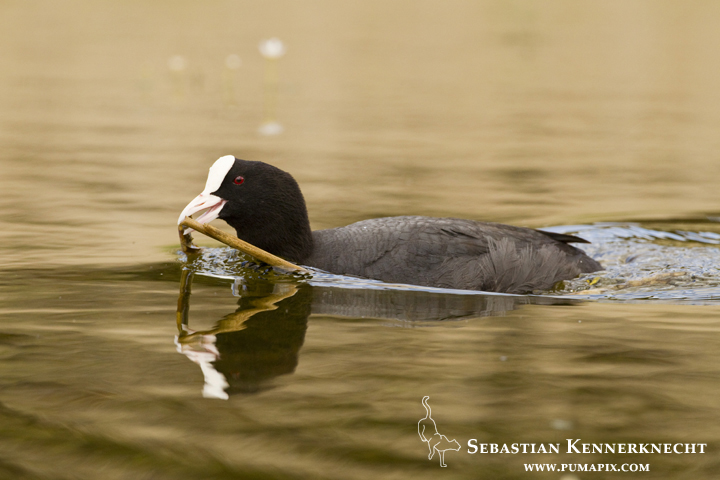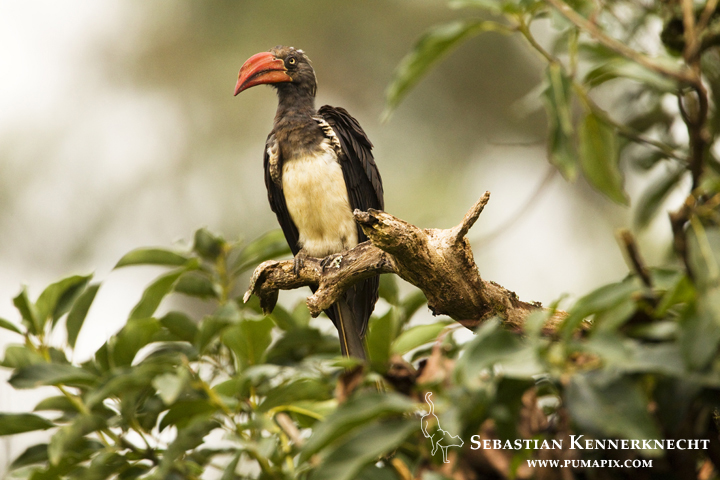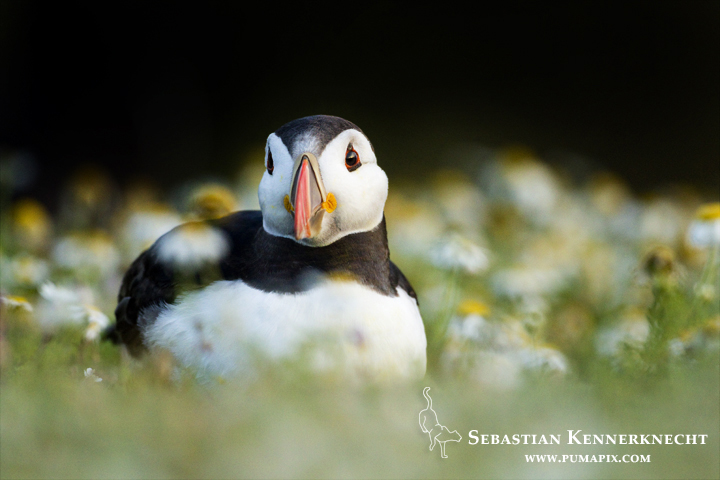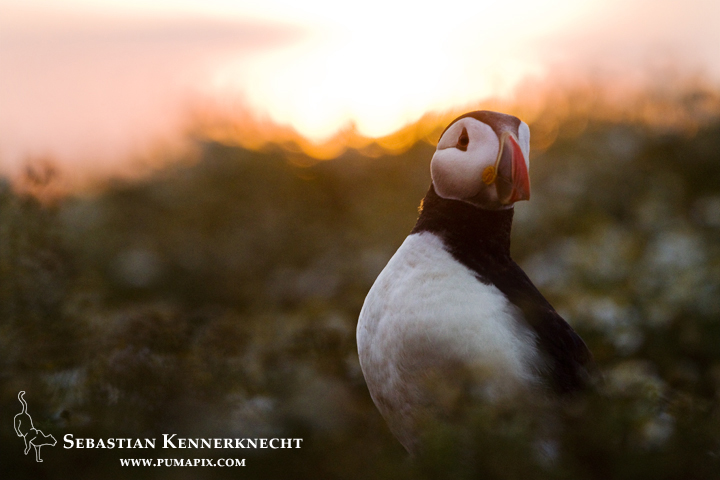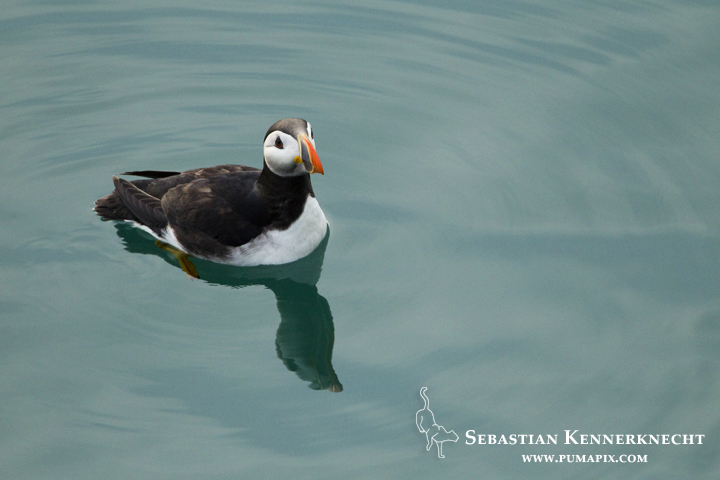As is becoming tradition, I wanted to review the last year and see what goals I was able to accomplish from my bucket list. Last year was quite amazing as I traveled to six different countries to spend almost all of 2014 abroad. This provided many opportunities to have some very unique experiences.
I am including only the highlights from this year in this post (for the full list just click the link above). I am also only showing one or two images of each species/location, if you want to see all the pictures from that subject just click that name and the link will take you to the appropriate gallery.
Visit and or Explore
Tropical Rainforests (Adding to last years jungle adventures was a four week trip in June to Uganda)
Australia (2014)
Photograph
African Golden Cat (June 2014) – More on that later ![]()
Scottish Wildcat (September 2014) – More on that later ![]()
3 species of Civet (Completed this goal with getting a picture of an African Civet in June, 2014)

African Civet (Civettictis civetta) walking through rainforest at night, Kibale National Park, western Uganda
This year I added “All 3 Puffin Species” and I have one species of the three after photographing the Atlantic Puffins on Skomer Island:

Atlantic Puffin (Fratercula arctica) in breeding plumage, Skomer Island National Nature Reserve, Skomer Island, Pembrokeshire, Wales, United Kingdom
1000 bird species in the wild (I am at 234, having added 44 species this year), just a few here:

Red Grouse (Lagopus scoticus) male, Scottish Highlands, Cairngorms National Park, Scotland, United Kingdom

Shoebill (Balaeniceps rex) landing with fish prey, Lake Albert, Toro-Semliki Wildlife Reserve, Western Rift Valley, Great Rift Valley, western Uganda
300 mammal species in the wild (I am at 107, having added 10 species this year), just a few here:
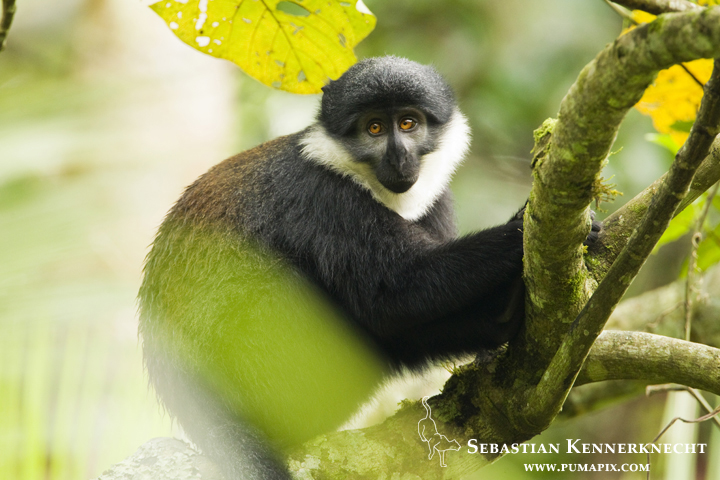
L’hoest’s Guenon (Cercopithecus lhoesti) in tree, Bigodi Wetland Sanctuary, Magombe Swamp, western Uganda

Eastern Grey Kangaroo (Macropus giganteus) female chewing grass at sunrise, Mount Taylor Nature Reserve, Canberra, Australian Capital Territory, Australia
20 critically endangered and 50 endangered species (I am at 6 and 22 respectively)

Eastern Red Colobus (Procolobus rufomitratus) mother and young, Kibale National Park, western Uganda (endangered species)
Another great year, which always gives me enthusiasm for making next year even better!
How about you, anything particular that you photographed in 2014 that you are really happy/proud of?
*If you are interested in purchasing any of the pictures displayed in this post, please check out my fine prints page for pricing.*



